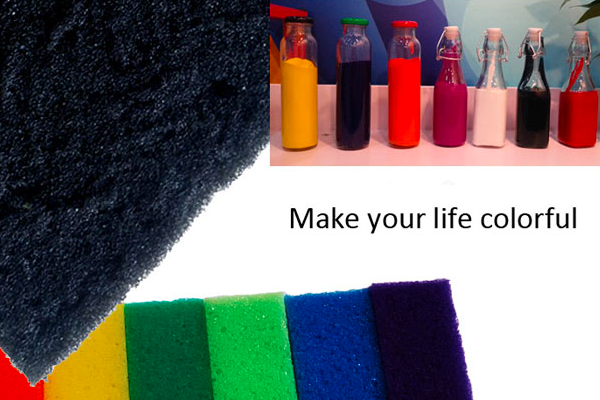Type: PU color paste is usually divided into two types: water-based PU color paste and solvent-based PU color paste. Water-based PU color paste is suitable for water-based systems, and has the characteristics of environmental protection, non-toxic and easy to clean. Solvent-based PU color paste is suitable for solvent-based systems, with good dyeing effect and chemical resistance. Choose the appropriate type according to your actual needs.
Color stability: PU color paste should have good color stability, that is, the anti-fading performance of the color paste color under different light conditions. You can request a sample from the supplier and conduct a long-term light test to evaluate its color stability.
Color range: PU color paste should have a rich color range to meet the needs of different customers. Suppliers usually provide standard color cards, and you can choose the color you need or customize it according to the color sample.
Color development effect: The color development effect of PU color paste directly affects the appearance of the final product. You can evaluate the color development effect of PU color paste, such as color saturation, transparency, etc., through color samples or actual deployment tests.
Usage and stability: It is also important to understand the usage and stability of PU colorants. Certain PU colorants may require special mixing techniques or precautions to ensure the best possible color application. In addition, understanding the stability and lifespan of PU color paste, as well as the precautions during storage and use, will help you choose and use.
When selecting PU color paste, it is recommended to communicate with suppliers or manufacturers in detail, and conduct field tests and evaluations according to your specific needs, so as to ensure that the PU color paste suitable for your product is selected.


